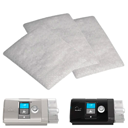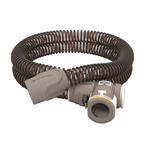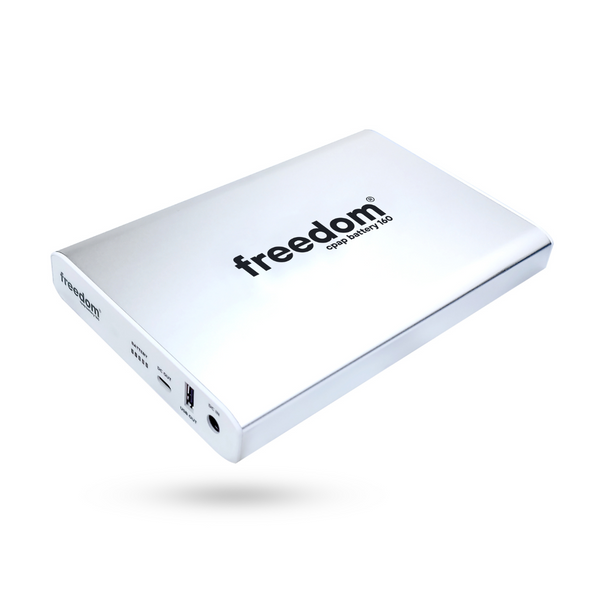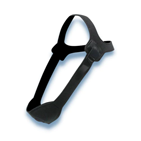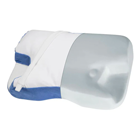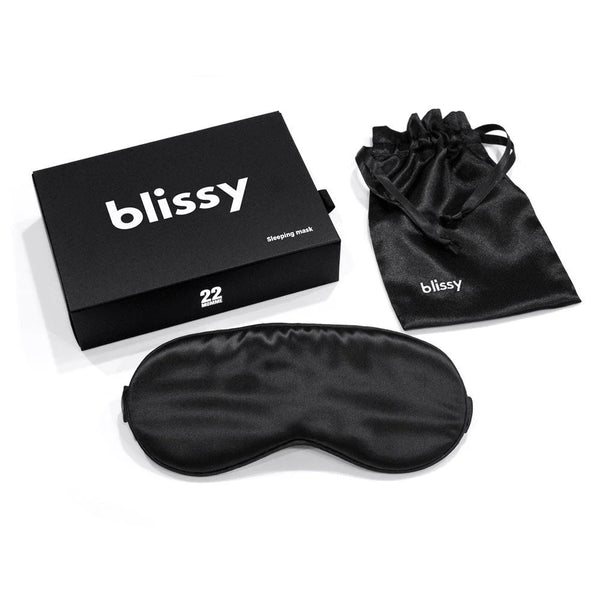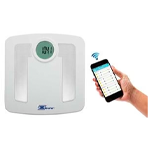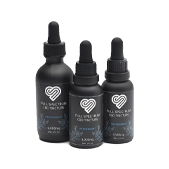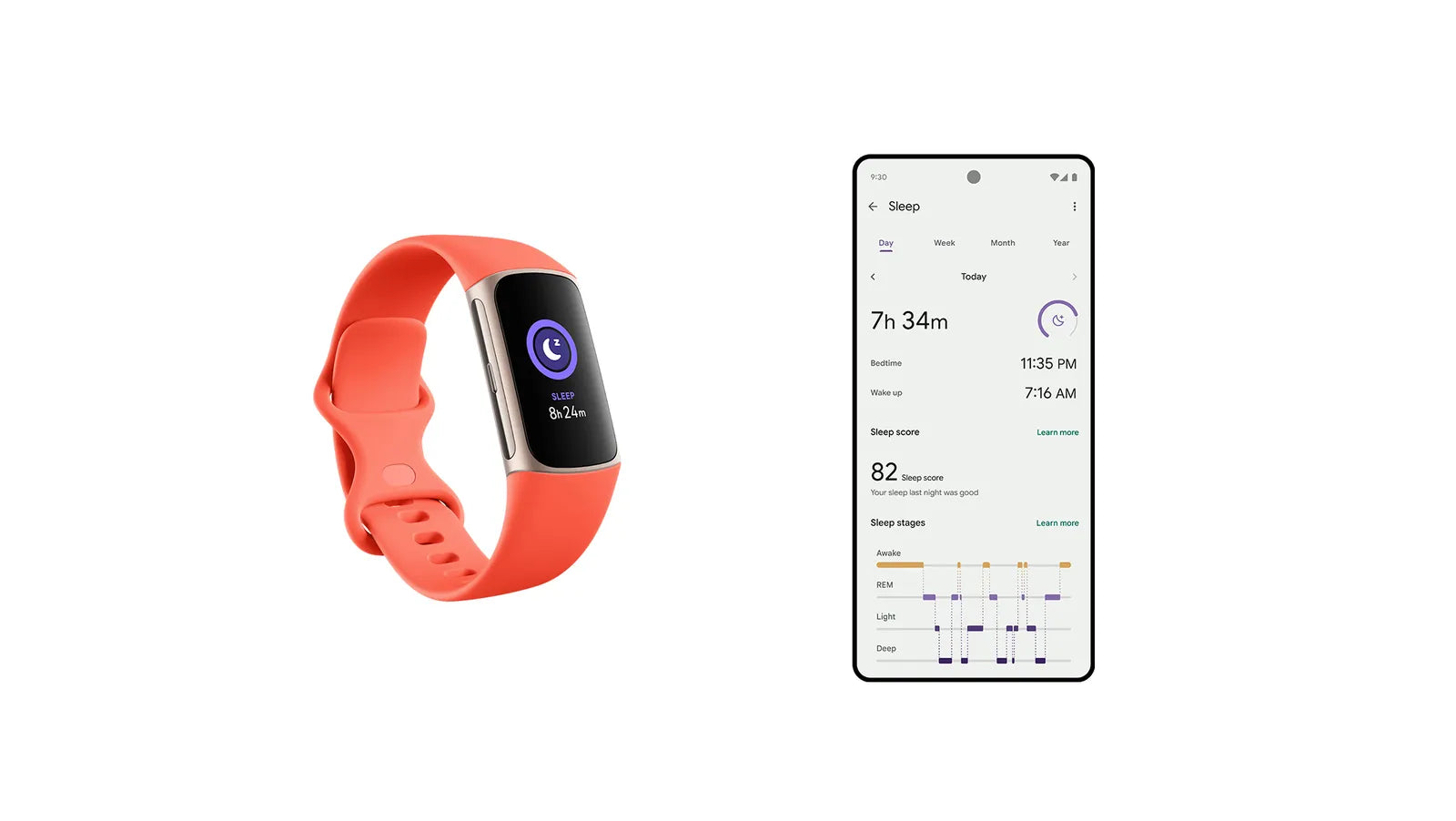If there’s one facet of the training regimen many athletes tend to neglect, it’s sleep and recovery. But skimping on either can single-handedly halt your gains, increase your risk for injury in the gym or on the road, and hinder processes in your body that regulate, well, pretty much everything. To help you get a grip on your sleep, learn to optimize your recovery, and organize workouts that promote better muscle recovery and elevate your training, we spoke with the experts at Michael Johnson Performance, a next-level training facility in McKinney, Texas.
Utterly consumed, maybe even a little obsessed, with perfecting human performance and conditioning, MJP uses decades of research on tested and proven training methods, the latest and greatest innovative technology, and personalized programs to illicit the best results from athletes—so their potential is limitless and always growing. In short: The team can teach you a thing or two about getting fit, functioning at an elite level, and addressing stress and fatigue from under-recovery.Sleep gives you more than just rest; it recharges your “battery,” a.k.a. nervous system and replenishes your energy stores. Naturally the deeper and better you sleep, the better you reload. That’s important because if you don’t let your central nervous system (CNS) recuperate, your fitness suffers since your CNS is responsible for triggering muscle contractions, reaction time, and response to pain and you can start overloading your body on a larger scale. You’re going to become slower, weaker, maybe even less coordinated in your workouts.
What’s more, your endocrine system and hormone profile are working while you’re sleeping. “These are really important because they secrete hormones, like cortisol and testosterone, that produce protein synthesis [muscle growth],” Little says. “In a stressed-out state, people have high cortisol levels, which can hurt performance and goals over a long period of time,” he adds. For example, after a couple days of being under-recovered, your testosterone is going to drop; that affects how much muscle you can gain among other factors, like sexual function.
“The better your reload is during sleep, the better you’ll be able to tax your body the next day,” says Walker. If you have a bad reload during sleep, the workout you do the next day might seem harder than it normally would. Or you might overreach to compensate for your lack of energy, which ups your odds for injury.
“When you’re asleep, all your body has to do is repair your muscles, breathe, and keep your hormone levels up,” he says. It doesn’t have to do as much, in comparison to when you’re awake, so it can use most of its energy to restore your damaged tissues. But if you’re getting low-quality sleep, or not enough sleep, that’s going to impact your body’s ability to heal itself.
Bottom line: Without proper rest and restoration, you start degrading muscle growth and recovery, and your central nervous system stops recharging, so you feel tired, unmotivated, and weak in your workouts, causing a negative feedback loop that can start a vicious cycle, Walker says.
“Some people think, ‘Oh, I get eight to nine hours of sleep; that’s enough,’ but sometimes it’s not,” Walker says. The quality of your sleep matters most. You can sleep for eight hours; but if the quality isn’t that good, you won’t recover as well as if you had six hours of high-quality sleep. You also need an optimal environment for sleep and to maintain good sleep hygiene, as well as good nutrition (don’t eat fatty, spicy, or ultra-processed food right before bed) and use supplements (like melatonin and tart cherry juice).
Muscular overtraining happens when you don’t give broken down tissue enough time to repair. But you can also overload your body by only doing high-intensity work, working out too often, and not giving yourself enough rest. These are the main drivers for central nervous system overtraining. The fix: Incorporate low-intensity exercise, like walking, hiking, swimming (light effort), or biking. This can help you stay active without overdoing it—hence the term ‘active recovery.’
Just as you track your calories when you’re on a diet, it’s helpful to keep tabs on your recovery. “We use a basic journal or monitor to test out people’s level of fatigue,” Walker says. Simple questions like “How do you feel today?” “Are you sore—and is your soreness symmetrical?” and “How many hours and how well did you sleep?” can expose simple measures of fatigue.
You can try keep a sleep and recovery journal yourself, or invest in a product like Omegawave. “At MJP, we use the Omegawave to look at nervous system recovery,” Little says. First used to assess Nike track athletes at an Olympic qualifier in 2000, Omegawave is a tool—now used by the Golden State Warriors, Los Angeles Dodgers, Philadelphia Eagles, and everyday athletes like triathletes, cyclists, and people undergoing physical therapy—that can tell you if your body is ready for a seriously tough workout or if you should dial things back. The four-minute at-rest assessment (via a chest strap and app) can reveal stress and “read” your energy systems by looking at your ECG signal (your heart’s activity), and show how prepared your nervous system is for exercise—giving you an idea of how much power, coordination, and energy you can give to your workout—by reading currents from your brain. So, you could find out that after a week of business travel and little sleep, you’d be better off doing a recovery run in lieu of the HIIT workout you had planned.
There are other recovery-monitoring options out there ranging in price. A more expensive route is a blood analysis to look at creatine breakdown, Walker says. There’s also a device called Twitcher that you hook up to your index finger, which shocks your flexor and measures the neurological twitch response. Your muscle’s ability to twitch is a means of measuring readiness.We also use The Bodyguard at MJP—a device with two electrodes you attach right below your left collarbone and ribs. It uses heart rate, heart rate variability, and respiration to give a simple measurement that tracks stress.
Some wearables, like the Garmin Forerunner 735xt GPS multi-sport watch, monitor and use your heart rate to figure out how stressed or recovered you are; both will influence how much time elapses between your heart beats. “Believe it or not, when you’re doing a track session, you have a very rhythmic heart beat because you’re doing something consistently. The Garmin Forerunner measures your heart rate one of two ways, through your wrist and/or with an additional heart rate monitor you can strap on during runs (even swims). After a taxing workout, it will tell you approximately how long it’ll take your body to fully recover.
Pay attention to your body. Are your feet starting to get a little bit heavy? Are you not as balanced on some of those landings? Are your feet hitting the ground harder? These signs of fatigue might not even show up on any test or machine. “In some ways, the critical eye of a coach, a co-partner, or yourself—if you really understand your own system—can be your best indicator of fatigue,” Walker says. Professional athletes are really good at this. They know when they have that pop in their legs and when they don’t. If you’re overly tired, call it quits; better you get the rest you need than hurt yourself.
Also recognize a long aerobic slow-twitch muscle fiber workout, like a light, long run, may not take as long to recover from (even as little as six hours) compared to an anaerobic alactic fast-twitch muscle fiber workout, like a rigorous strength workout or sprint session, which can take up to 24-48 hours to fully recover.
Each workout you do has a different influence on fatigue markers. But as long as you’re keeping track of your workouts, you’ll be able to note the trends in your body’s recovery time. “At MJP, we have hangover effect charts that show each client how long it’ll take him or her to recover,” Walker says. “We also order workouts to optimize recovery,” he adds. For example, if you’re working on power in the form of plyometrics, like box jumps or broad jumps, get the work in early in the session because you’ll be too fatigued by the end. This way the recovery can actually occur within the training day itself.
“We’ve got to fatigue you!” Walker says. “We’ve got to pull you into that system (aerobic or anaerobic) where you suck.”
Being uncomfortable (not in excruciating pain) is how you get stronger, faster, better. There are going to be days where you don’t feel great, and workouts that crush you. And that’s okay.
Athletes training for the Olympics are constantly pulled toward their goal by getting uncomfortable. “There were days when [retired American sprinter and four-time Olympic gold medalist] Michael Johnson would run repeat 300s and feel completely trashed for two days later,” Walker says. “That doesn’t mean the training itself is bad.
“You want to make sure whatever you’re training for, you’re stressing the right system at the right time,” Little says. You’ve got to find that fine balance and know when to push it and when to back off.
Late-night rituals: Most Americans are overworked. You’re probably working on your laptop, checking emails on your phone, or catching up on news or social media late at night. Problem is, the blue light emitted from these devices is going to trick your brain into thinking it’s still daytime. “Your body’s natural melatonin levels are going to be pushed down pretty low because your body thinks it needs to be awake,” Little says. “Get off your electronic devices at least one hour before you go to bed; this will help your melatonin levels naturally rise to where they need to be before you go to sleep,” he adds. Lie down, meditate, do some positive self talk, read a book, or talk to another human being (crazy stuff, we know); all of these things are incredibly relaxing. Plus, they can get your heart rate down.
Bedroom environment/sleep hygiene: If you’re in a city, try blackout curtains if light from store fronts are always on outside your window. Set your bedroom temperature to a maximum of 69 degrees F (your body prefers cooler temps to slow your heart rate down and get to sleep quicker), Little suggests. Invest in a good mattress, sheets, and pillow, too. You want to create the optimal environment for sleep.
Nutrition: After a training session, you need a fast-acting carb and protein mixture. You’ve damaged your muscles and depleted your energy stores, so you need to get your body what it needs to resynthesize and rebuild. As for meals before bed, you have to be careful. “If you eat a huge meal then just go right to bed, you’re giving your body the nutrients and calories it need; but, if you eat that huge meal too close to when you fall asleep, your body’s going to be focused on digesting and assimilating and trying to pass on those nutrients than it is on recovering,” Little says. Try to get your meal in one to two hours before bed.
Supplements: Does it take you forever to wind down and fall sleep? “You might need a supplement with some melatonin (5 mg),” Little says. “Or drink a warm glass of milk; people in India have been doing that for centuries to elevate their melatonin levels.” The other supplement strategy is to drink an amino acid or a whey protein shake right before bed. This will give your body what it needs to immediately begin to rebuild damaged muscle from training.
Morning rituals: “On the front end, you need to get your ass out of bed in the morning,” Walker adds. It’s not fun, especially on the weekends; but get up at the same time every day. (i.e. don’t sleep in till noon or 1p.m. on the weekend). It only takes two days to throw off your sleep pattern. Also, get some sunlight as soon as possible when you wake up. “The first things that we do with our athletes is pull the shades open and get the sun coursing through to naturally kickstart the body,” Walker says. Caffeine is one of the most effective nutritional supplements ever developed. It’s safe and effective (in certain amounts). It’s a great way to start the morning and serve as an energy boost pre-workout.
Content Source:
https://www.mensjournal.com/health-fitness/9-things-every-athlete-needs-know-about-sleep-and-recovery/



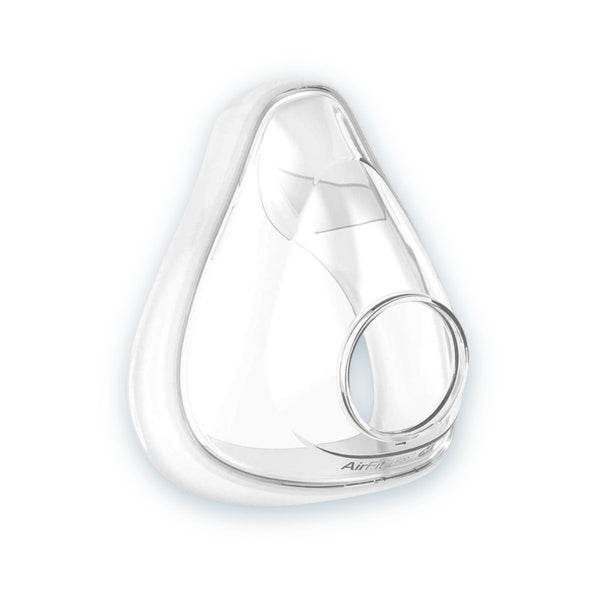

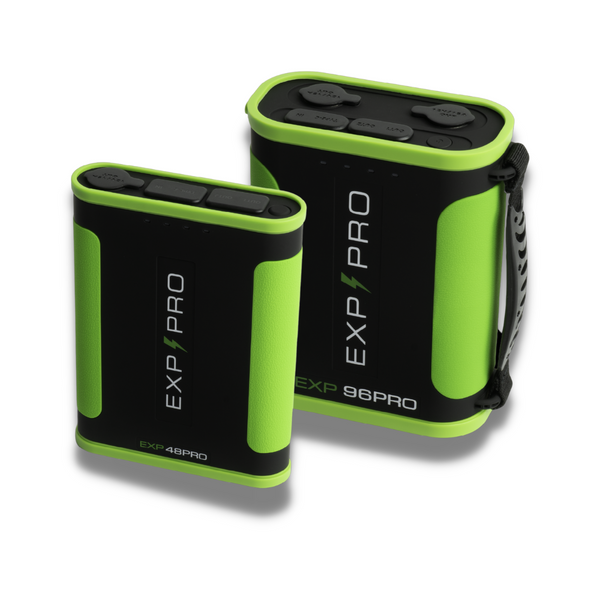


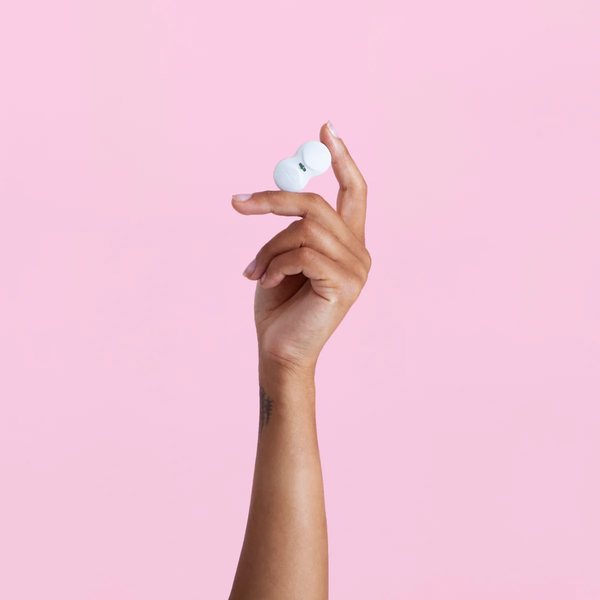
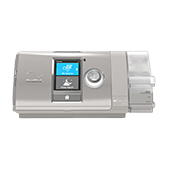
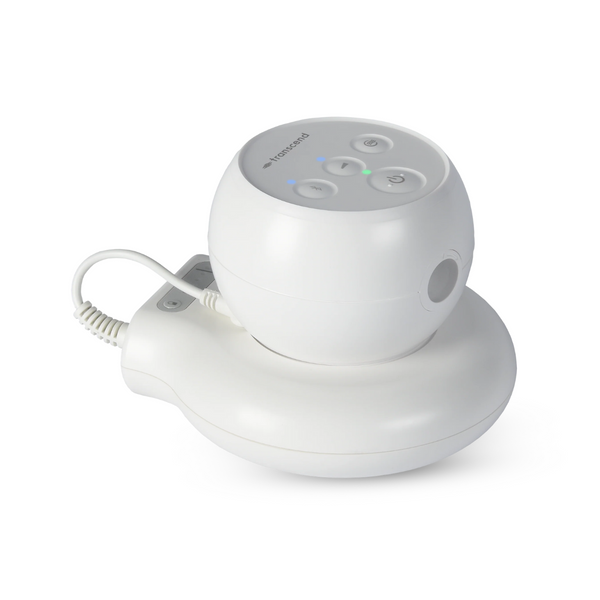
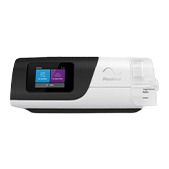
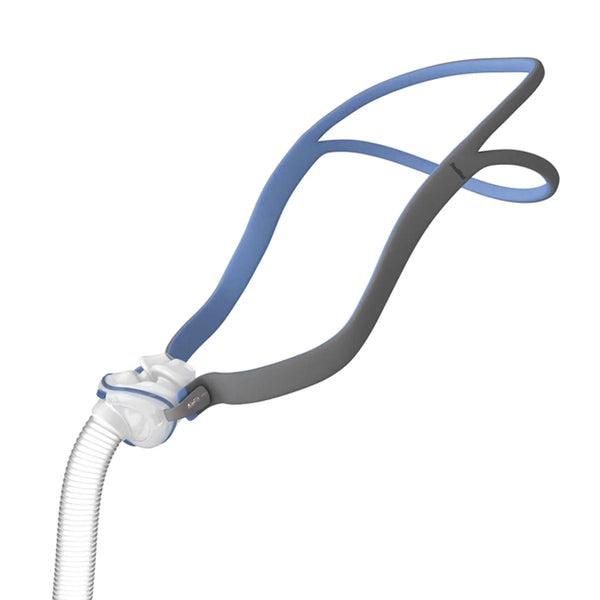
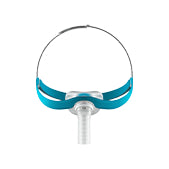
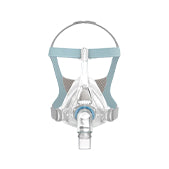
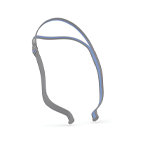

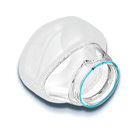
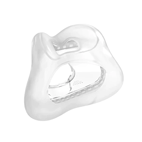
![[subscription]](http://heartstrongsleep.com/cdn/shop/files/Group_30_6a2ee5b7-7d1a-49f1-855d-428a7cb5358f.png?v=1733846466&width=600)
